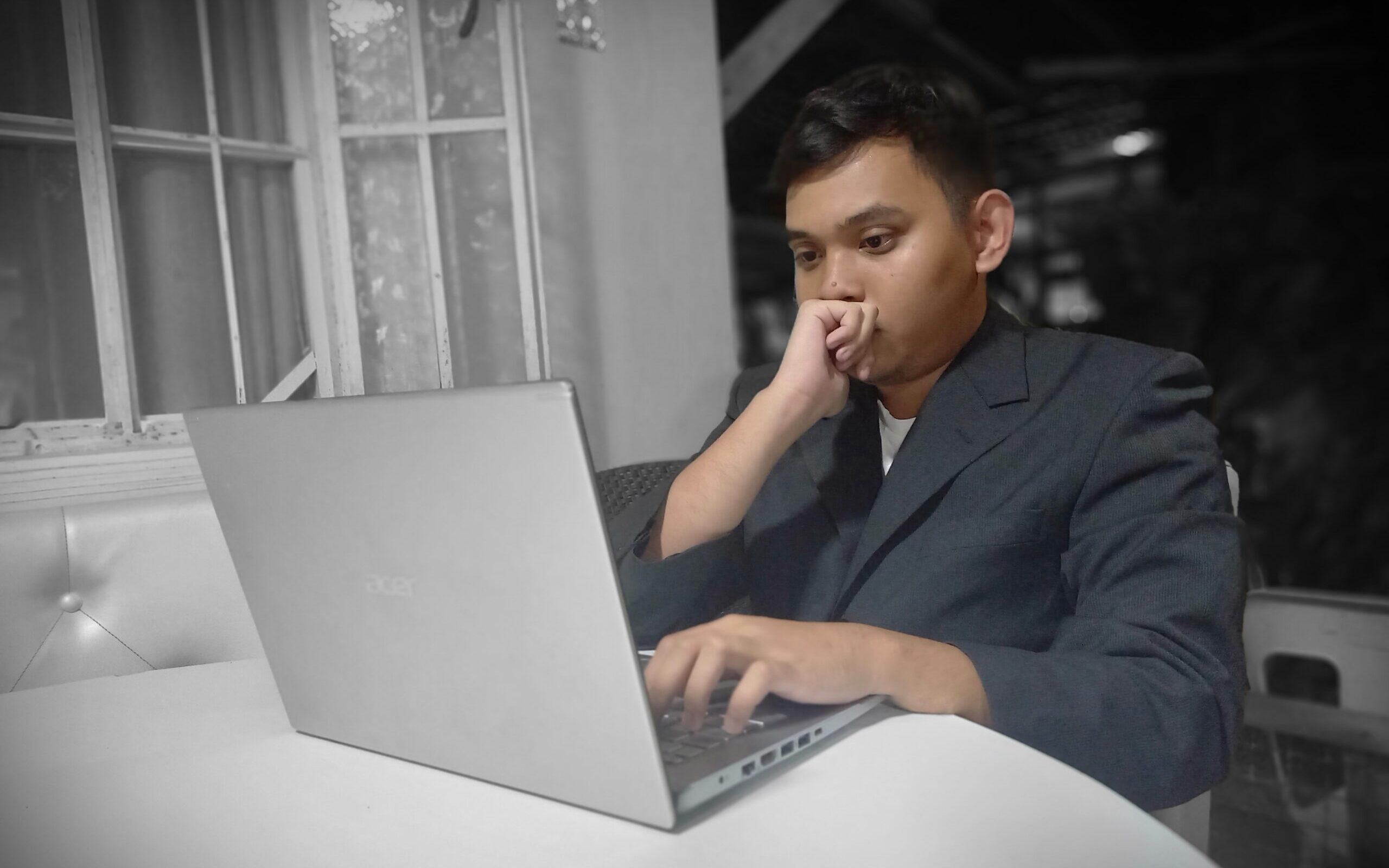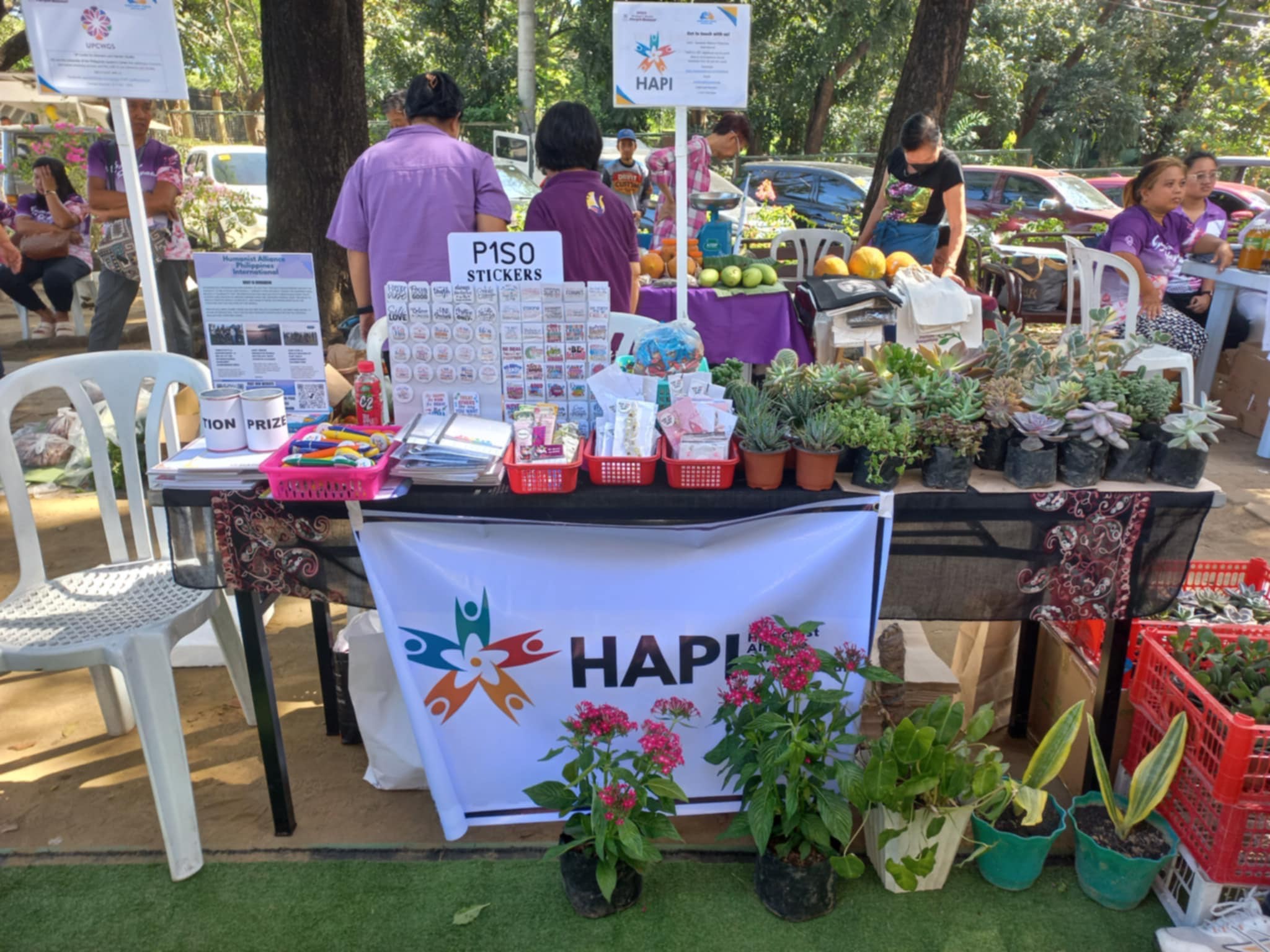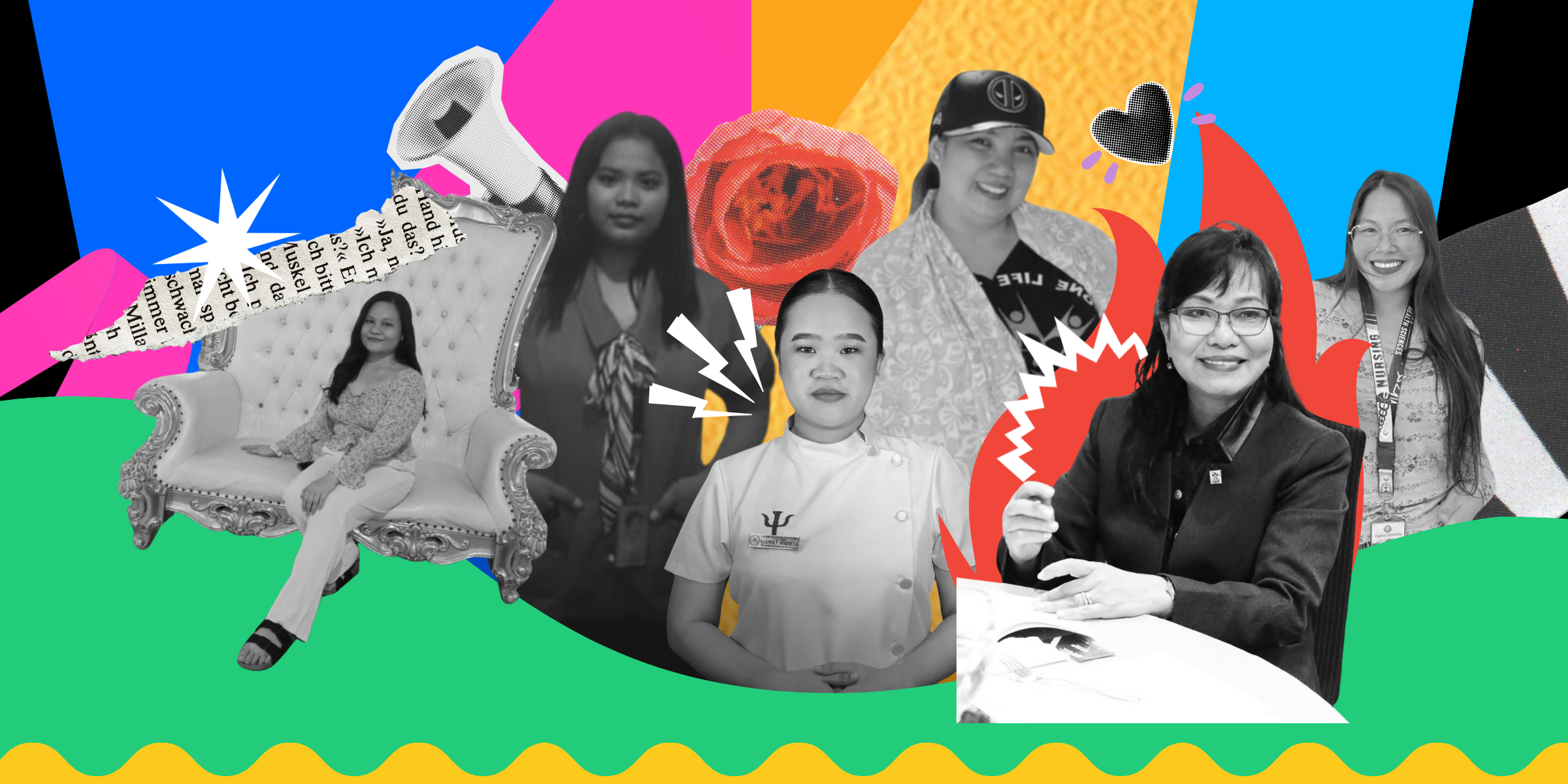Beauty standards have been a prominent aspect of society for centuries, with each culture having its ideals of beauty. In the Philippines, certain beauty standards have been shaped by various factors such as colonisation, globalisation, and media influences. Beauty ideals in the Philippines are deeply rooted in the country’s colonial past. Western standards of beauty particularly arose during the Spanish and American colonial periods. These standards prioritise lightness of skin, a tall stature, and a pointy nose as markers of attractiveness.

They have been perpetuated by media influences that often promote the use of skin-lightening products and feature celebrities with Caucasian-looking complexions. In recent years, there has been a shift towards more diverse beauty standards in the Philippines, with a growing appreciation for features such as fuller figures and darker skin tones. However, it is important to note that these newer standards are still not fully accepted in the mainstream media and can vary among different regions of the Philippines.
Another aspect that has played a significant role in shaping beauty standards in the Philippines is globalisation. Widespread access to the internet and social media have further exposed Filipinos to Western beauty standards, leading many to desire features such as a sharp nose, thinner lips, and smaller jawlines. It is essential to recognise the impact of beauty standards on individuals and society as a whole. These standards of beauty often carry societal implications, as they are associated with attractiveness, greater wealth, and higher intelligence. Conversely, these standards can create a sense of inadequacy and perpetuate discrimination against those who do not conform to them.
The pressure to fit into certain beauty standards can have negative effects on one’s self-esteem and mental health, especially for those who do not fit the prevailing beauty ideals. In addition, the perpetuation of certain beauty standards can also contribute to discrimination and inequality, as those who do not meet these ideals may face exclusion or marginalisation in various aspects of society. In conclusion, Philippine beauty standards have evolved due to various cultural, historical, and global factors.
While there have been shifts towards more diverse standards, it is important to continue promoting acceptance and celebration of all types of beauty. This can be achieved through media representation that reflects the diverse beauty of Filipinos and encourages self-love and acceptance. Additionally, education and awareness-raising efforts can also help combat the harmful effects of unrealistic beauty standards. Ultimately, embracing beauty in all its forms can lead to a more inclusive and accepting society that values diversity and individuality. Society must recognise that beauty standards are not absolute and should not be used as a basis for judging individuals or groups. Instead, we should appreciate and celebrate the unique features that make each person beautiful in their way. We are all beautiful just the way we are without the need to impress or satisfy other people’s preferences.









